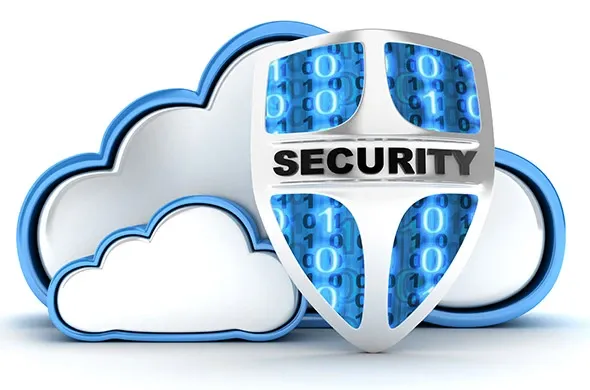Worldwide IT Spending to Grow Eight Percent in 2024
Worldwide IT spending is expected to total $5.06 trillion in 2024, an increase of 8% from 2023, according to the latest forecast by Gartner.

Enterprises are transforming their security spending strategy in 2017, moving away from prevention-only approaches to focus more on detection and response, according to Gartner. Worldwide spending on information security is expected to reach $90 billion in 2017, an increase of 7.6 percent over 2016, and to top $113 billion by 2020. Spending on enhancing detection and response capabilities is expected to be a key priority for security buyers through 2020.
"The shift to detection and response approaches spans people, process and technology elements and will drive a majority of security market growth over the next five years," said Sid Deshpande, principal research analyst at Gartner. "While this does not mean that prevention is unimportant or that chief information security officers (CISOs) are giving up on preventing security incidents, it sends a clear message that prevention is futile unless it is tied into a detection and response capability.
Deshpande said that skills shortages are further driving spending on security services. Many organizations lack established organizational knowledge of detection and response strategies in security because preventive approaches were the most common tactics for decades. Skill sets are scarce and, therefore, remain at a premium, leading organizations to seek external help from security consultants, managed security service providers (MSSPs) and outsourcers.
The need to better detect and respond to security incidents has also created new security product segments, such as deception, endpoint detection and response (EDR), software-defined segmentation, cloud access security brokers (CASBs), and user and entity behavior analytics (UEBA). These new segments are creating net new spending, but are also taking spend away from existing segments such as data security, enterprise protection platform (EPP) network security and security information and event management (SIEM).
On the services side, the emergence of specialized managed detection and response (MDR) services is a threat to traditional MSSPs. The rising number of point solutions in the security market that address detection and response is creating sprawl and manageability issues for CISOs and security managers, driving spending for management platforms and services that are better integrated with adjacent markets.
As enterprises shift toward balancing prevention with newer detection and response approaches, CISOs are changing how they measure the success of their security strategy. All security investments are being measured on how they contribute to the shift in mindset. Even preventive security controls, such as EPP, firewalls, application security and intrusion prevention systems (IPSs), are being tweaked to provide more intelligence into security operations, analytics and reporting platforms.